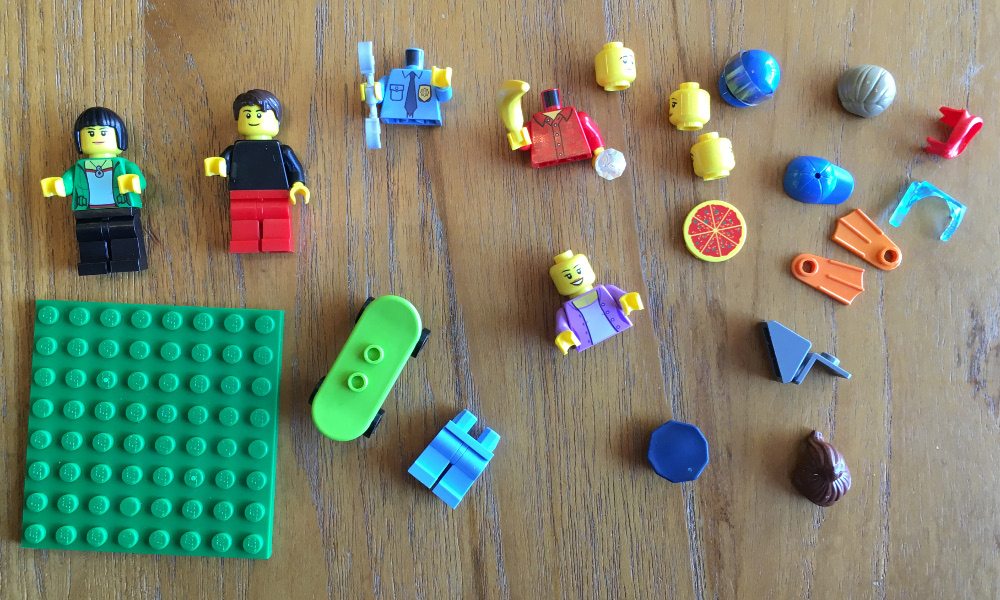
More early brickfilms were produced in the Lego Sport Champions series, officially commissioned by The LEGO Group in 1987. Promo magazine at the time declared it one of the best music videos ever made. Originally scheduled to take two weekends, the film's production took three and a half months to complete. The film's budget was £3,000 GBP, enabling the filmmakers to shoot on 35mm film using a hand-cranked camera built in 1903 and modified with an animation motor.

The story was an interpretation of scenes from Apocalypse Now adapted to the rave culture of the late eighties, following three heroic LEGO men as they battle and overcome evil.

The film was directed by filmmaker David Betteridge with animation direction handled by Phil Burgess and Art Direction by Daniel Betteridge. The film again attracted the attention of The LEGO Group's legal department. Produced and released in 1989, the film was shown across the MTV network and other music channels and was the first time a full-length stop-motion brickfilm has been released across public channels. Īn early brickfilm to be widely released was a music video for the UK dance act Ethereal for their song Zap on Truelove Records. The LEGO Group eventually backed down on these charges. However, due to legal issues with The LEGO Group, it did not see a wide release for years. The Magic Portal had high production values for a brickfilm of its time, with a five-figure budget granted by the Australian Film Commission. It was captured on a Bolex 16mm camera with 16 mm film and features animated LEGO, plasticine, and cardboard characters and objects, mixing both stop motion animation and live action footage, with Fleay making a live action appearance. Ī well-known early brickfilm was made between 19 in Perth, Western Australia by Lindsay Fleay, named The Magic Portal. Many were independent projects while others were promos or advertisements made by LEGO itself. Other early brickfilms are known to have been created from 1975 onwards, from the late 1970s to the late 1980s. The film was later shown to Godtfred Kirk Christiansen, who had a personal copy made, though the film was not released to the public until May 2013, when the creator uploaded it to YouTube. It depicted Apollo 17 and was made for their grandparents' golden anniversary. The six-minute video featured both stop motion animation and live action, and was recorded on Super 8 film.

The first known brickfilm, En rejse til månen ( Danish for ' Journey to the Moon '), was created in 1973 by Lars C. History 1970s and 1980s – early brickfilms 3 Brickfilming communities and festivals.


 0 kommentar(er)
0 kommentar(er)
